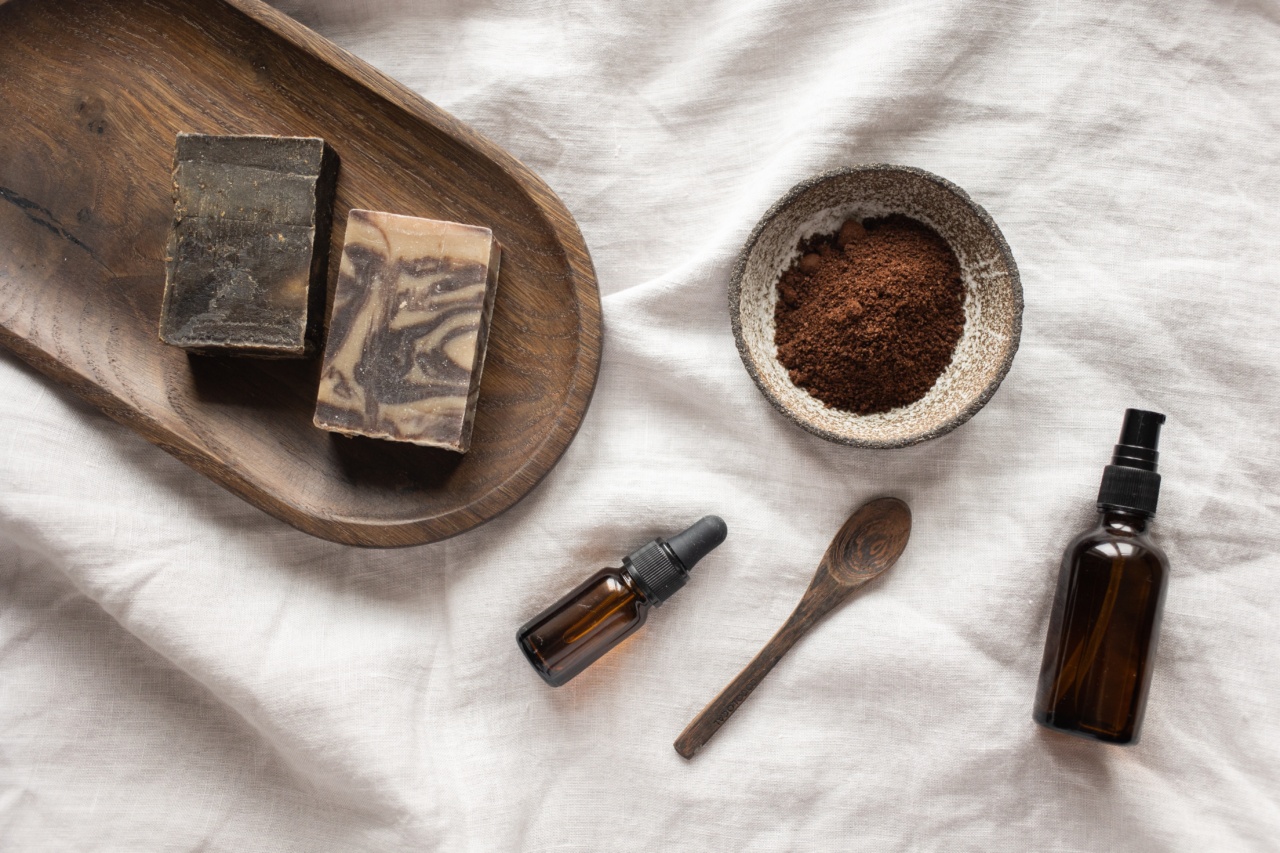Fluid retention, also known as edema, occurs when excess fluid accumulates in your body tissues. This can cause swelling in your legs, feet, ankles, and arms, as well as bloating and weight gain.
While some causes of fluid retention are medical and require treatment by a doctor, there are also natural remedies and lifestyle changes that can help alleviate the symptoms and reduce the amount of fluid in your body. Here are 10 easy and natural ways to treat fluid retention:.
1. Drink More Water
It may seem counterintuitive to drink more water when you’re already retaining fluids, but drinking enough water helps flush out excess salt and fluids from your body.
Aim for at least 8-10 glasses of water daily, and try to limit your intake of caffeinated and sweetened beverages that can contribute to dehydration and fluid retention.
2. Eat More Fruits and Vegetables
Fruits and vegetables are rich in vitamins, minerals, and antioxidants that can help reduce inflammation and improve circulation, both of which can help reduce fluid retention.
Some great choices include leafy greens, berries, citrus fruits, bell peppers, and cucumbers.
3. Reduce Sodium Intake
Sodium, found in salt and many processed foods, can contribute to water retention by causing your body to hold onto excess fluids.
Try to limit your sodium intake to no more than 2,300 mg per day, or even less if you have a medical condition such as high blood pressure. Some ways to cut back on sodium include avoiding processed foods, using herbs and spices instead of salt to add flavor to your meals, and reading food labels carefully.
4. Avoid Alcohol
Alcohol is a diuretic, meaning it increases urine production and can cause dehydration. This can lead to fluid retention, especially in the lower legs and feet.
If you’re experiencing fluid retention, it’s a good idea to limit or avoid alcohol until you feel better.
5. Exercise Regularly
Exercise can help improve circulation, reduce inflammation, and increase urine production, all of which can help reduce fluid retention. Some good types of exercise for fluid retention include walking, cycling, swimming, and yoga.
Aim for at least 30 minutes of moderate-intensity exercise most days of the week.
6. Elevate Your Legs
If you’re experiencing fluid retention in your legs, feet, or ankles, elevating them above your heart can help reduce swelling and improve circulation.
Try lying down with your feet propped up on a pillow or cushion for at least 20-30 minutes several times a day.
7. Massage Your Feet and Legs
Gentle massage can help stimulate circulation and lymphatic drainage, which can help reduce fluid retention. You can use your hands or a massage tool, such as a roller or ball, to apply gentle pressure to your feet and legs.
8. Wear Compression Garments
Compression stockings or socks can help promote circulation and reduce swelling in the legs and feet. These garments are designed to apply pressure to the lower legs, which can help push fluids back up toward the heart.
9. Try Herbal Remedies
Some herbal remedies, such as dandelion, parsley, and ginger, have diuretic properties that can help increase urine production and reduce fluid retention.
You can try drinking herbal teas or taking supplements that contain these herbs, but talk to your doctor first to make sure they’re safe for you.
10. Manage Stress
Stress can contribute to fluid retention by causing your body to release the hormone cortisol, which can lead to fluid buildup.
Finding healthy ways to manage stress, such as practicing yoga and meditation, getting enough sleep, and spending time with friends and loved ones, can help reduce cortisol levels and improve your overall health.































